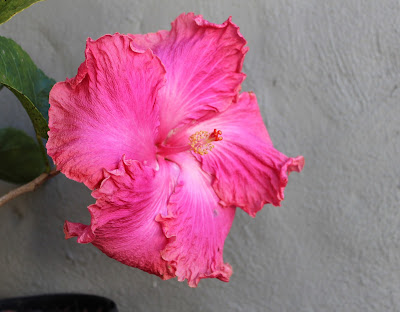Carex elata 'Aurea' syn 'Bowles' Golden'
In the chapter on 'Aquatics', in his book My Garden in Summer (1914), Edward Augustus "Gus" Bowles (1865-1954) leads us on a 'boy's own adventure' along rivers and reed beds across the Norfolk Broads where he happened upon this plant one hundred years ago. 'I noticed two or three shoots of a sedge with a fine gold band on their leaves, so dropped on my knees and severed them from the main tuft with my pocket knife, brought then home, and planted them where they have formed this fine specimen.' His 'home' was Myddleton House in Enfield where he established a remarkable plantsman's garden which is now restored and open to the public.
At this time of year, Bowles' Golden Sedge awakes from winter dormancy and puts on a fresh display of bright yellow leaves, eventually reaching a height of about 40cm and spreading to form a clump of 90cm. It is ideal as a pond edge plant or in a spot which is constantly moist and though it will tolerate full sun I find the foliage burns easily if not given some protection.
It could be planted around the base of Fuchsia 'Canary Bird' which has contrasting red stems to its equally bright yellow leaves.
Front cover photograph shows Rosa moyesii 'Geranium'. This book was published in 1914 by T. C. and E.C. Jack, London and reprinted by Timber Press. Portland. Oregon in 1998.
It is available online as a free digital download.
Gus Bowles: Gentleman Gardener
1865-1954
Photograph: 1910, Florence Darrington



















































